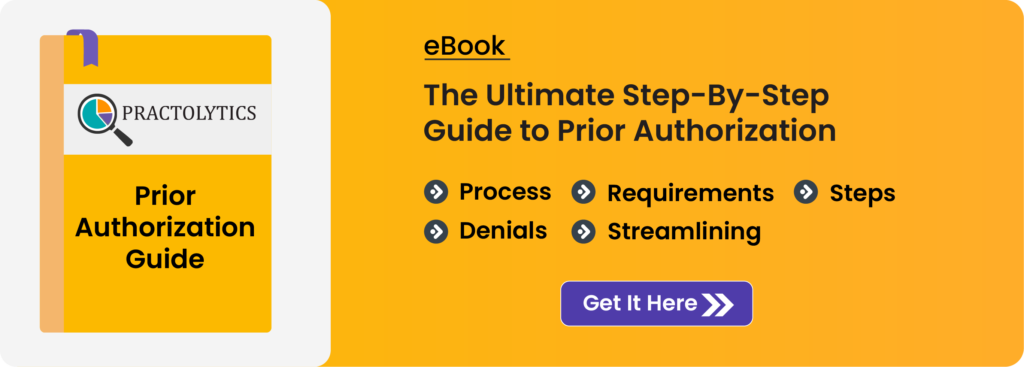Key Elements of EMS Documentation
A paramedic’s hands are their most important instruments. They are employed in intubation, medicine delivery, and life-saving chest compressions. The integrity of the healthcare system and patient safety depend heavily on the ePCR device. It comes in second, after the pen. Many people view recording EMS calls as a necessary evil. This is not true, however.
High-quality key elements of EMS documentation is essential for patient treatment, compensation, and public health. It is also a legal safety net. The scene where a patient arrives is the start of their journey. This journey is documented from the moment they arrive until they are transferred to the hospital. A thorough and precise patient care record is essential for effective care. Without it, care is essentially ineffective. It is subject to misunderstanding.
What are the fundamental elements of an excellent report? What constitutes a truly effective report? Let’s explore the pillars of a strong EMS patient care report.
Foundation: Timeliness and Objectivity
The foundation of great documentation is two basic guidelines: get started immediately and stick to the facts. You risk forgetting minor details the longer you put off finishing your PCR. You are more likely to forget crucial information the longer you wait. This is why. The details that deteriorate over time include the exact time an intervention was conducted. A specific family member’s remark is also prone to deterioration. Modest changes in a patient’s skin tone also fade. Prioritizing paperwork ensures a thorough and accurate account. This prioritization happens as soon as the patient is turned over.
This dedication to objectivity is equally crucial. It is not appropriate to make assumptions or pass judgment on a PCR. It should be a documentation of both subjective patient claims and objective observations. Rather, it should be a documentation of both subjective patient claims and objective observations. A professional document would say “The patient had slurred speech, a strong odor of alcohol on their breath, and was unsteady on their feet.” instead of “Rather than saying ‘the patient seemed drunk,’ for instance.” You are not an interpreter of feelings or intentions. You are a reporter of facts.
The Five Pillars of a Comprehensive PCR
A complete patient contact should be documented in a high-quality PCR. This documentation should be chronological. The fundamental components of an ePCR are consistent. However, specific implementations may vary based on your agency’s software and state regulations. These regulations are often dictated by NEMSIS standards.
1. Scene Information and Dispatch Data Your documentation begins before you even touch the patient. A complete PCR should include:
- Dispatch information: The reason for the call as reported by dispatch.
- The address and other pertinent information (such as “second floor apartment” and “in the parking lot”) are the incident site.
- Scene safety: A crucial component. Documenting that the scene was safe upon arrival is a testament to your training and risk-management protocols.
- Times: A detailed timeline is essential. This includes dispatch time, enroute time, arrival on scene, patient contact time, departure from scene, arrival at the hospital, and transfer of care. This chronological data is vital for both quality assurance and medical billing purposes.
2. Patient Demographics and History This section provides the context for your care. It helps medical professionals understand their patients. It also helps them identify potential health issues.
- Patient demographics include contact details. They also include age, gender, date of birth, and full name.
- Principal grievance: Whenever feasible, in the patient’s own words. “Patient states, ‘My chest hurts.'” is an example. This is the main reason they called for help.
- The History of Present Illness (HPI) is used to gather information about the patient’s primary complaint. It is typically documented using a structured format like OPQRST or SAMPLE.
- The medical history of a patient is useful. Current medicines, allergies, and pre-existing conditions are taken into consideration.
3. The Narrative: The Story of the Call This is the heart of your documentation. You have the opportunity to provide a thorough description of the call in your own words in the narrative. The information should connect all the other data points in a clear, succinct, and logical manner. A strong narrative should describe:
- Initial assessment: Your first impression of the patient and their environment.
- Results of the physical examination: What was felt, smelled, heard, and seen? Tell us about any wounds, discomfort, or anomalies.
- Trending vital signs: Don’t just document vital signs once. Show how they trended throughout the call. After an intervention, did the patient’s heart rate or blood pressure improve?
- Patient statements should be recorded. These statements include remarks from the patient, their family, and any observers. These statements are essential for legal and medical purposes. They may be essential for both.
- A thorough description of the injury’s mechanism is helpful to the hospital. This information helps the hospital understand the severity of the injury.
4.Patient Reaction to Interventions You need to record the call. You should also record the patient’s responses. This illustrates how important and high-quality your care is.
- Interventions are targeted measures used to solve an issue. They include all actions, no matter how small. This includes splinting, bandaging, oxygen administration, and IV placement. Medication administration is also included.
- Medication information should include the medication’s name. It should also include the dosage, route of administration, and the precise time of delivery.
- Patient response: This is critical. Did the patient’s pain level decrease after receiving a painkiller? Did their breathing improve after being placed on oxygen? Documenting a positive or negative response is essential for continuity of care.
- You must carefully record any patient refusals of therapy or transportation. Ensure a witness is present and that you have fully explained the risks involved.
5. Continuity of Care and Handover The PCR is a bridge between the prehospital and in-hospital environments. The final elements of your documentation ensure a smooth transition.
- Record the person who received the patient. Report the transfer, for example, “Patient transferred to Dr. Smith’s care.”
- Patient disposition: Did the patient leave the hospital immediately, or were they taken to the emergency room?
- Refusal of care (AMA) forms are essential for paperwork when a patient declines transport. A thorough and completed AMA form is required for this situation.
Conclusion:
The patient care report shows professionalism and the caliber of care given; it is more than simply a formality. It demonstrates your professionalism and the standard of care you provide. A well-documented PCR is valuable. It is your best ally in a world where everything is scrutinized. It guarantees proper service invoicing. It shields you and your agency from legal issues and offers a clear path forward for the patient’s subsequent healthcare provider. Emergency medical services personnel can transform documentation from a tedious task to a vital life-saving ability. By emphasizing punctuality, objectivity, and the five essential components of a thorough report. One of the last things you do for a patient is important. It is a lasting act of care.
ALSO READ – Transforming Radiology with Patient-Centered Care: How Practolytics’ RCM Services Drive Success
Talk to Medical Billing Expert Today — Get a Free Demo Now!






